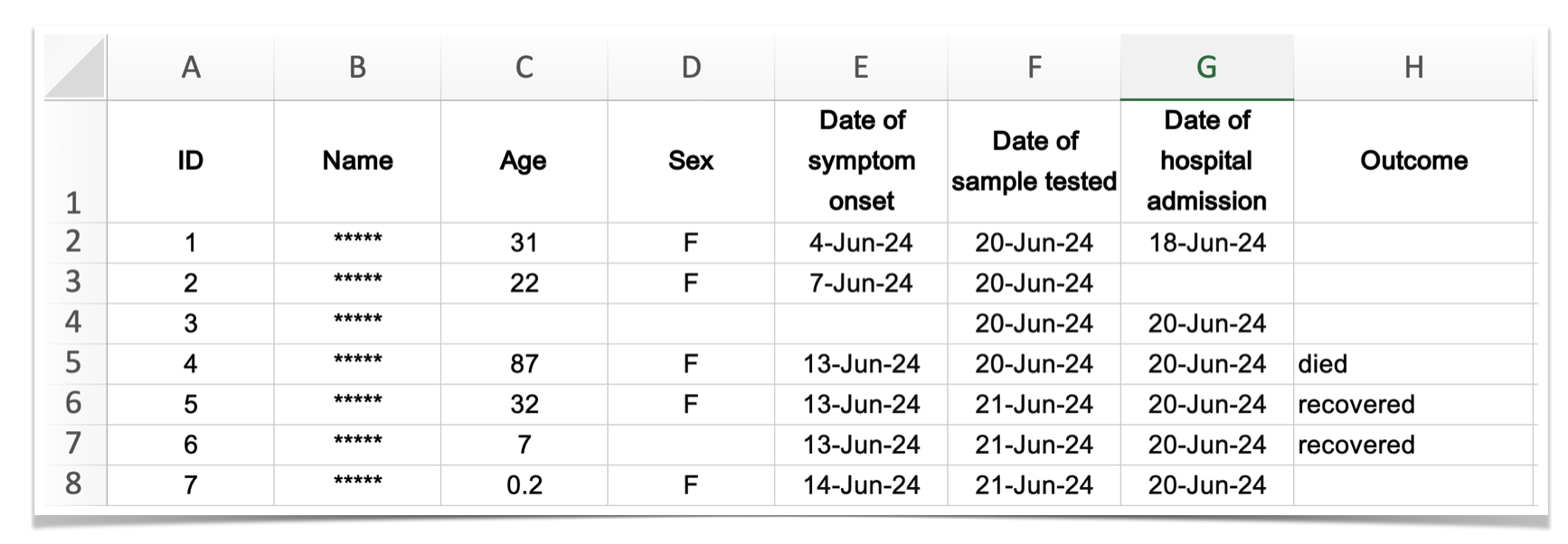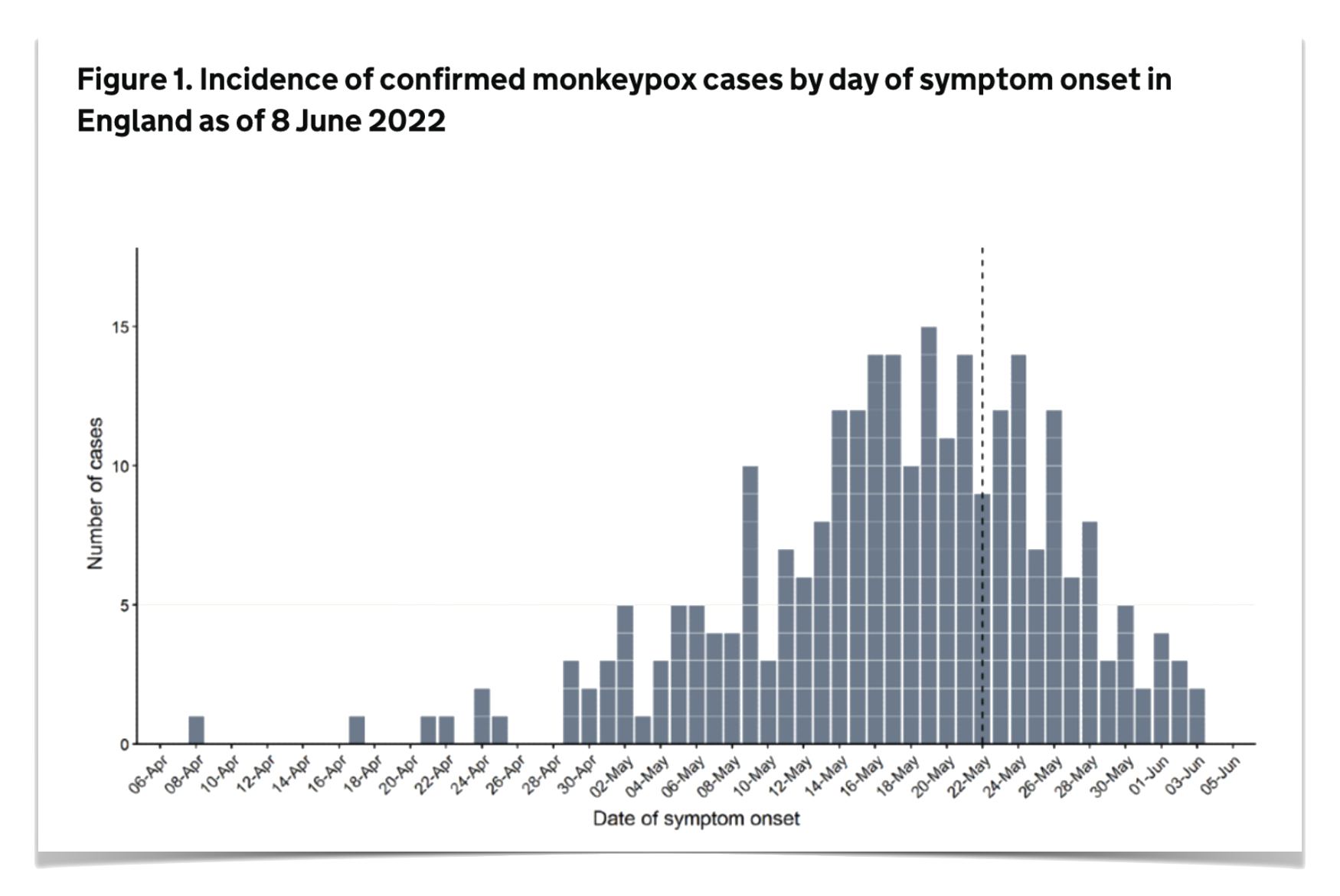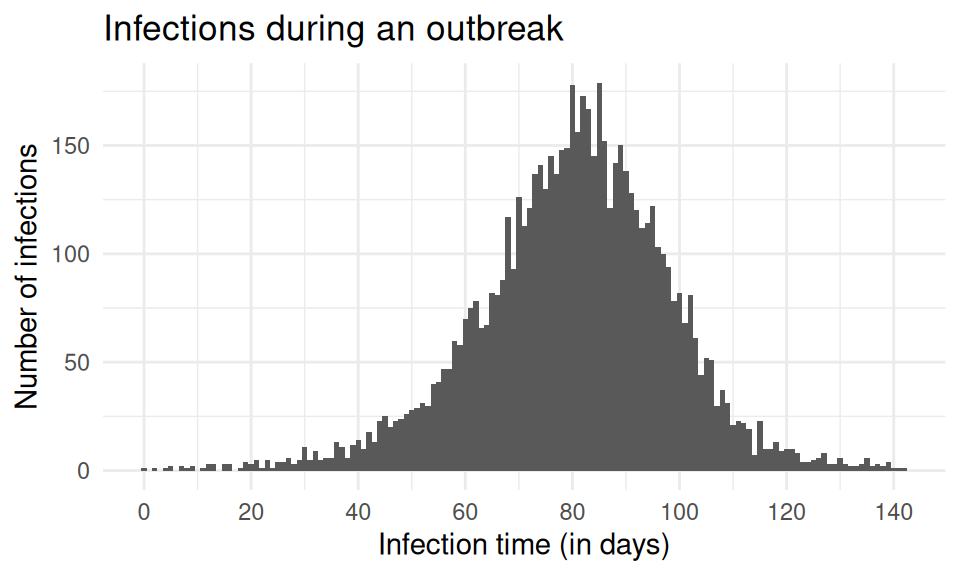From an epidemiological line list to informing decisions in real-time
Nowcasting and forecasting of infectious disease dynamics
“We were losing ourselves in details […] all we needed to know is, are the number of cases rising, falling or levelling off?”
Hans Rosling, Liberia, 2014
- what is the number of cases now?
- is it rising/falling and by how much?
- what does this mean for the near future?
Data usually looks like this

Aggregated data can look like this

Aim of this course:
How can we use data typically collected in an outbreak to answer questions like
- what is the number of cases now? (nowcasting)
- is it rising/falling and by how much? (\(R_t\) estimation)
- what does this mean for the near future (forecasting)
in real time.
Approach
Throughout the course we will
- use models to simulate data sets in R
(the generative model of the simulated data)

Approach
Throughout the course we will
- apply generative models to simulated data in stan to
- learn about the system (conduct inference)
- make predictions (nowcasting/forecasting)
Timeline
- delay distributions and how to estimate them (day 1)
- \(R_t\) estimation and the generation interval (day 1)
- nowcasting (day 2)
- forecasting and evaluation, ensemble methods (day 2)
- applications (day 3)
To start the course go to: https://nfidd.github.io/nfidd/ and get started on the first sesion (Probability distributions and parameter estimation)
From an epidemiological line list to informing decisions in real-time